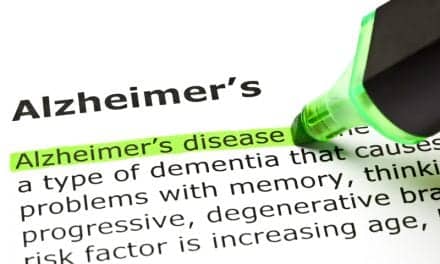Japanese scientists have developed an AI model that accurately estimates a patient’s age, using chest radiographs of healthy individuals collected from multiple facilities. Furthermore, they found a positive relationship between differences in the AI-estimated and chronological ages and a variety of chronic diseases, such as hypertension, hyperuricemia, and chronic obstructive pulmonary disease. In the future, it is expected that AI biomarkers will be developed to predict life expectancy, estimate the severity of chronic diseases, and forecast surgery-related risks.
The research team, led by graduate student Yasuhito Mitsuyama and Daiju Ueda, MD, PhD, from the diagnostic and interventional radiology department at Japan-based Osaka Metropolitan University’s medical school, first constructed a deep learning-based AI model to estimate age from chest radiographs of healthy individuals. They then applied the model to radiographs of patients with known diseases to analyze the relationship between AI-estimated age and each disease. Given that AI trained on a single dataset is prone to overfitting, the researchers collected data from multiple institutions.
For the development, training, and internal and external testing of the AI model for age estimation, a total of 67,099 chest radiographs were obtained between 2008 and 2021 from 36,051 healthy individuals who underwent health check-ups at three facilities. The developed model showed a correlation coefficient of 0.95 between the AI-estimated age and chronological age. Generally, a correlation coefficient of 0.9 or higher is very strong.
To validate the usefulness of AI-estimated age using chest radiographs as a biomarker, an additional 34,197 chest radiographs were compiled from 34,197 patients with known diseases from two other institutions. The results revealed that the difference between AI-estimated age and the patient’s chronological age was positively correlated with a variety of chronic diseases, such as hypertension, hyperuricemia, and chronic obstructive pulmonary disease. In other words, the higher the AI-estimated age compared to the chronological age, the more likely individuals were to have these diseases.
“Chronological age is one of the most critical factors in medicine,” says Mitsuyama. “Our results suggest that chest radiography-based apparent age may accurately reflect health conditions beyond chronological age. We aim to further develop this research and apply it to estimate the severity of chronic diseases, to predict life expectancy, and to forecast possible surgical complications.”






